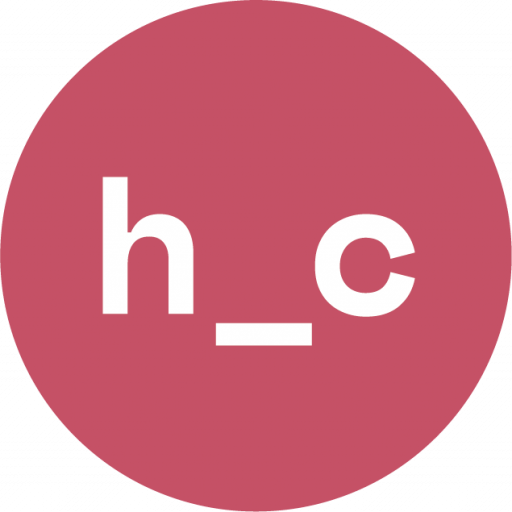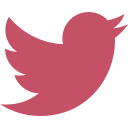In 2012, the Italian open source activist and digital media artist Salvatore Iaconesi hacked his brain cancer and set it free. Inspired by a long history of patient activism, he widely shared data from his brain scans, blood work, and all the rest of it. The hacking itself was nothing too high tech. He took CT and MRI imaging files in a format only meant for doctors and professional software, cracked them, and turned them into standard pictures, easy to share and reuse. Sharing was the most important step. He felt he needed to liberate information about his condition if he was to take back some control over it.
In the video he published on YouTube, he asked for “cures” and promised he would publish them all –he set up a website called “La Cura” to collect them. He wanted doctors, artists, designers, fellow patients, hackers, to use the data to produce a cure, but not in a strictly medical sense. For Salvatore, opening up the source code of cancer meant opening up his own body and lived experience to a community of care. Indeed, in the video he was quite clear about the meaning of cure: there are cures for the body, cures for the mind, for communication and socialization, he said. Send me yours. And people did. The video went viral and hundreds of thousands sent him medical tips, artworks, or poems. A deluge of cures started flowing in. Among hundreds of more legit suggestions, someone proposed a method invented by a Brazilian monk: a mix of aloe vera, honey, and whiskey. An artist produced a 3D-printable file of his brain tumor: now anyone could have it.
The script was easy to recognize. One hacks into and takes back data controlled by institutions; shares it in the open; and thus facilitates the construction of a community around its free and unpredictable use. Hacking gave Salvatore the ability to repurpose medical data about his illness, and to question the medical system’s power over his life in the process. It was an art performance using the free circulation of digital artifacts to move beyond the walls of the hospital and into a much broader network of love and care. As he passed away in Summer 2022, he was still working to open up his condition, turn it into a performance, crack the code of illness, make it a collective work-in-progress and not just an individual experience. He will be dearly missed.




